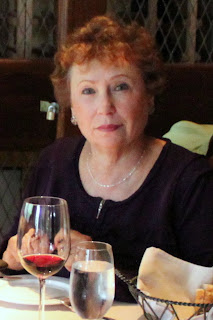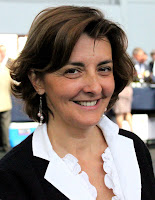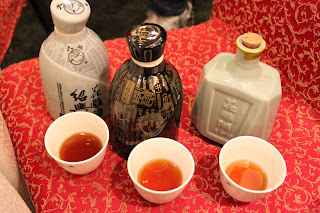Sam's in Half Moon Bay with Falanghina
I don't know if it was a California scene or a Campania scene, but we were luncho-dining on a deck overlooking the ocean, freshest, juiciest, succulent seafood in our plates, washed down by a glass of Campania's native Falanghina white wine, 70 degrees on a brilliant pre-summer day, not one but two weddings unfolding on the beach underneath, kids running around, couples cozying up, and a country band playing live on the side patio, provoking me to make ridiculous moves. Sam's Chowder House in Half Moon Bay is where it's at! And if you want to chill like the Californitalianos, come for late lunch and stay for early dinner, and bring your every-day bottle of Falanghina, 'cause that every-day wine of Campania, the coastal region at the front of the boot of Italy, is the ideal complement to wash down fresh seafood, whichever part of the world you happen to be in. They've got to have the best Lobster rolls in the country. Rated " top 5 sandwiches in America &q





